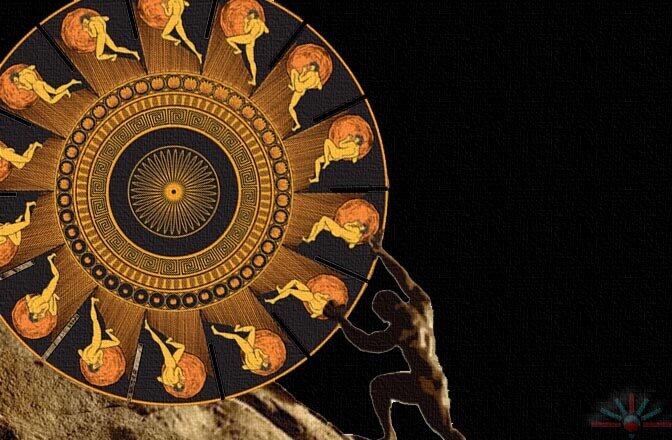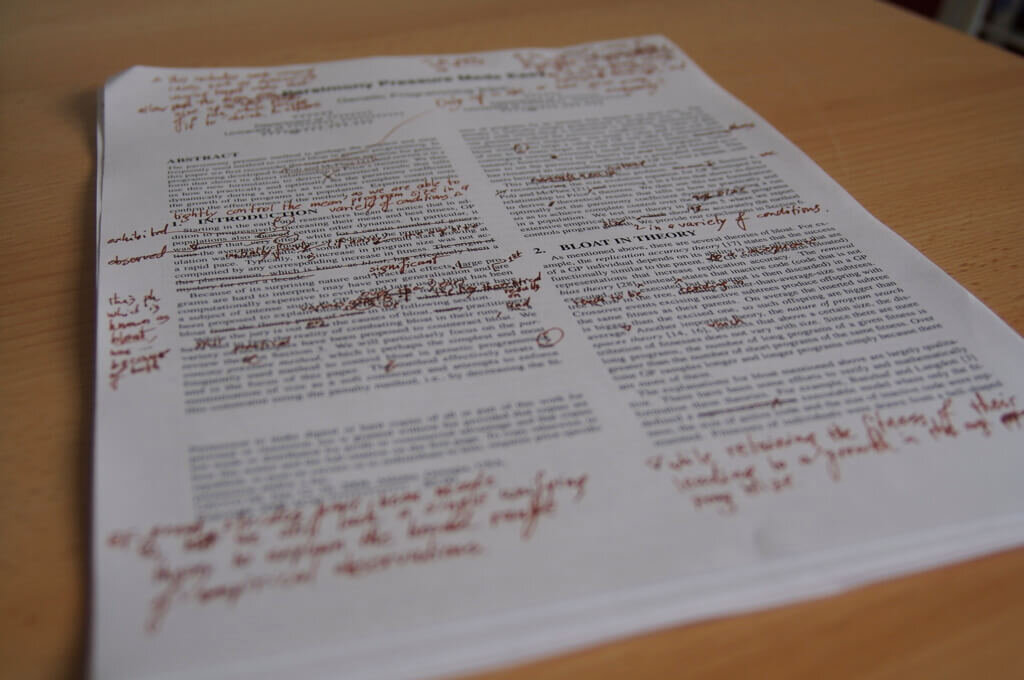Academic integrity goes beyond plagiarizing homework, especially in the digital age.
Photo: Bigstock.
A fundamental part of education is the one that has to do with how students fulfill the tasks assigned at school. Academic integrity comprehends a set of rules that guides students behavior while they are completing their assigned tasks.
Its principles come from ethics, that must be present at all times during the learning experience. To get the most out of their education, students need to be honest and diligent in their work. These principles will give them the benefit to build a worldview based on the pillars of academic integrity: Honesty, trust, respect, responsibility, and courage.
So far this idea seems simple, but today, many students don’t have the necessary knowledge to understand the whole concept and rules of academic integrity as well as how to apply it in their daily life.
A study conducted at Purdue University revealed that 37% of students (from a group of 3000) considered cheating was a severe issue, but 41% also agreed that the faculty have inadequate knowledge about the rules and policies to maintain academic integrity.
>
“Many students do not have foundational skills of proper citation, setting them up for trouble in their academic and professional careers.”
Gina Londino-Smolar, professor at Purdue University and creator of a voluntary course about academic integrity, found surprising that so many students lacked basic knowledge about the components of academic integrity.
One of the most critical weak points in students is their lack of knowledge about the ramifications of the subject. Most of them think that breaking academic integrity means only to plagiarise homework or cheat at tests, as Londino-Smolar explains:
>
“Many students I teach—from freshman to graduate students—think that academic misconduct only includes plagiarism or cheating. They don’t realize that it also includes falsification, fabrication, interference, and violating course rules.”
The professor emphasized the need for teachers to be continuously dedicated not only to cover the educational contents but to seize the opportunity to reinforce the knowledge about ethics in the school life since it is a way to prepare students for the work dynamics and the adult world.
A lot of infractors don’t even know they are infractors
When we think about academic dishonesty, we usually picture students that plagiarise essays or steals tests. These stereotypes block a better understanding of how academic integrity is supposed to work on a fundamental level. The most common infractions are not even intentional; they come from a lack of knowledge of one of the most used practices in schoolwork: references and citations.
No research can be done without using material previously written by other authors, that’s what academic work it’s all about. There’s nothing wrong about using Piaget’s insights for a psychology paper, or T.S. Elliot words for an essay about poetry. But in how many of these papers or essays, can we find correct citations for the material students used to support their thesis.
The challenge for teachers
To improve citations and references use in students, we must understand the reality they live in, and the way they understand contents. The 21st-century student doesn’t spend hours in the library searching through physical books for the sources they need. Instead, they invest using online resources like encyclopedias, databases, e-books, and other types of content enabled by the open access educational philosophy.
Educational programs and practices have been falling behind due to these changes. If we want to stop talking about academic integrity as a thing of the past, we have to adapt its policies to the needs technology for content access set.
When do we worry about teaching students to cite correctly? Do we teach it only as a tool to write essays or as an essential component of the ethical training we want to offer students?
Kids start their online lives from an early age. It is imperative to develop programs that encourage an ethical attitude towards content, even before students write their first paper.
How to start reintroducing academic integrity into the school’s life
There are some things teachers and educational staff can do to create and implement programs to build up academic integrity. A good starting point is to review the school’s rule book, identify the policies and procedures that regulate academic integrity, analyze how the school’s handle’s the reports of academic misconduct, if there’s a classification for it, like making a difference between a mistake in a reference and stealing a test, for example.
It is also advisable to make a list of resources with the definition of academic integrity, how to abide it, how to use sources, and examples of sources student can use, along with the types of academic misconduct, their implications, and consequences.
The next step would be making academic integrity a collective experience in schools, by the creation and implementation of workshops for teachers about how to use technology for content access and find new ways of getting students interested in learning how digital content and ethics intersect.
Academic integrity as a principle will always be relevant as long as there’s an intention of being honest with the way we conduct ourselves. But for it to be part of students’ lives, teachers and educational staff need to make a constant effort, as continuous as the effort of the people behind de technology that gives us more sources to better content.
This article from Observatory of the Institute for the Future of Education may be shared under the terms of the license CC BY-NC-SA 4.0 
)
)











)
Sofía García-Bullé
Sofía García-Bullé
Sofía García-Bullé